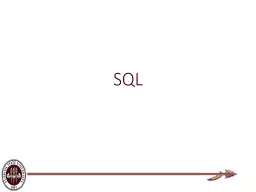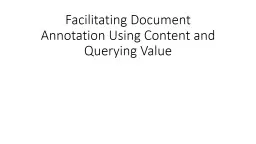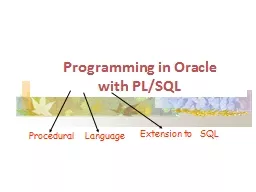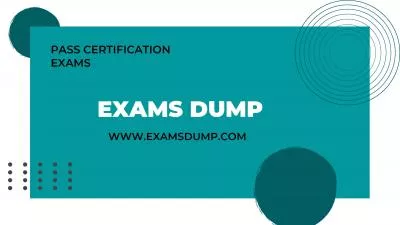PPT-SQL SQL Introduction Standard language for querying and manipulating data
Author : natalia-silvester | Published Date : 2018-10-09
S tructured Q uery L anguage Many standards out there ANSI SQL SQL92 aka SQL2 SQL99 aka SQL3 Vendors support various subsetseg PLSQL from Oracle
Presentation Embed Code
Download Presentation
Download Presentation The PPT/PDF document "SQL SQL Introduction Standard language f..." is the property of its rightful owner. Permission is granted to download and print the materials on this website for personal, non-commercial use only, and to display it on your personal computer provided you do not modify the materials and that you retain all copyright notices contained in the materials. By downloading content from our website, you accept the terms of this agreement.
SQL SQL Introduction Standard language for querying and manipulating data: Transcript
Download Rules Of Document
"SQL SQL Introduction Standard language for querying and manipulating data"The content belongs to its owner. You may download and print it for personal use, without modification, and keep all copyright notices. By downloading, you agree to these terms.
Related Documents














